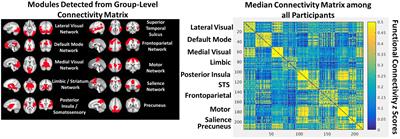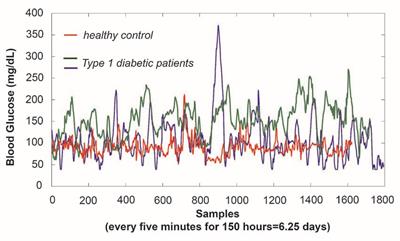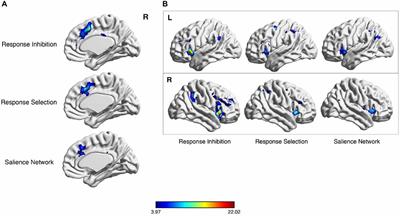ORIGINAL RESEARCH
Published on 11 May 2017
Childhood Trauma and Functional Connectivity between Amygdala and Medial Prefrontal Cortex: A Dynamic Functional Connectivity and Large-Scale Network Perspective

doi 10.3389/fnsys.2017.00029
- 13,752 views
- 60 citations






